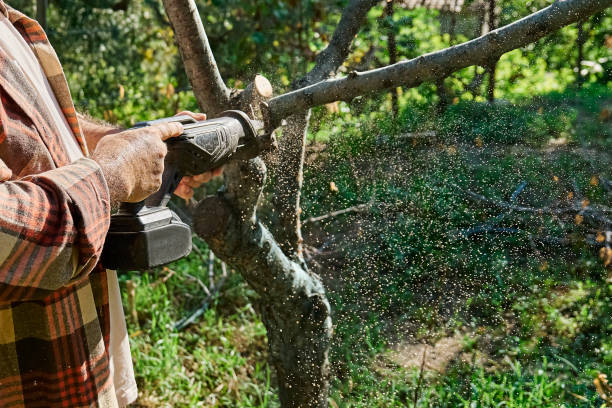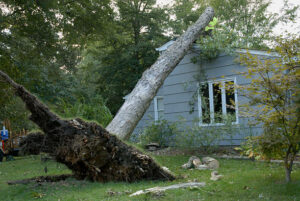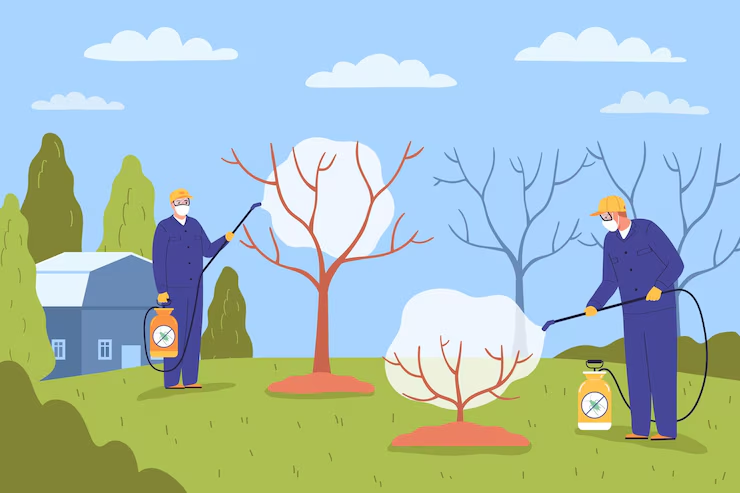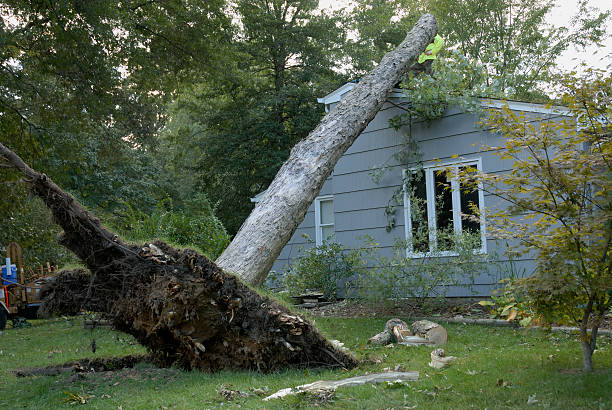When and How to Cut Trees on Your Property: A Detailed Guide
Cutting trees on your property is a serious task that should never be taken lightly. It’s important to know the right time, the proper techniques, and the tools to use, as well as the environmental and legal considerations involved. Whether you need to remove a dangerous tree or simply prune it for better health and aesthetics, this comprehensive guide will walk you through the essential steps to make the process as safe and effective as possible.
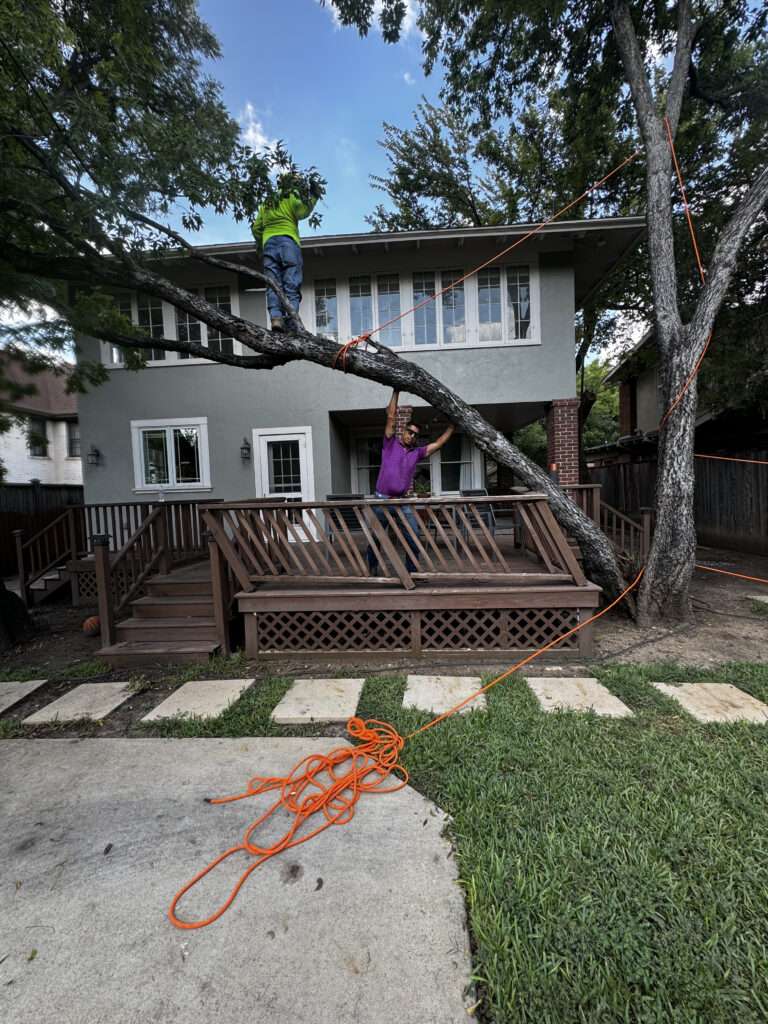
When Should You Cut a Tree?
Timing is everything when it comes to cutting trees. The best time to cut or prune trees varies depending on the situation, the type of tree, and the goal of the cutting.
1. Time of Year
- Best Time to Cut Trees:
- Late winter to early spring (November to March in many areas) is generally the best time for cutting or pruning trees. During these months, trees are dormant, which means there is less sap flow. Cutting during dormancy reduces stress on the tree and makes the process easier.
- The absence of leaves in winter also allows better visibility and access to branches, making it easier and safer to cut.
- Worst Time to Cut Trees:
- Avoid cutting during the growing season (spring to summer). This is when trees are actively producing sap, which can lead to excessive bleeding and cause long-term damage to the tree.
2. Dead or Diseased Trees
- Dead Trees:
- If a tree is dead or severely damaged, it should be removed immediately for safety reasons. A dead tree can pose a serious risk to property and people if it falls unexpectedly.
- Diseased Trees:
- A tree infected with a disease should also be removed promptly. Diseased trees can spread harmful pathogens to surrounding plants and trees, making it essential to remove them as soon as possible.
3. After Severe Weather Events
- Storm Damage:
- After a storm, inspect your trees for damage. If branches are broken or the tree has become unstable, prompt removal or pruning is necessary. Trees that have fallen or are leaning toward structures or power lines should also be dealt with quickly.
- Root Damage:
- Flooding or storms can damage a tree’s roots, making it unstable. If the roots have been compromised, consider consulting a professional arborist to assess the tree’s health and stability.
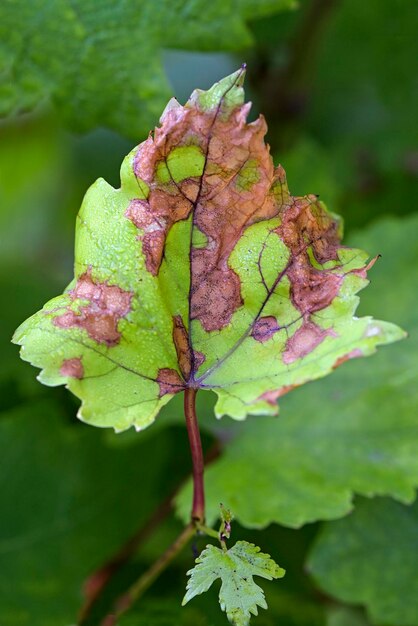
How Should You Cut a Tree?
If you’ve decided to cut or prune a tree on your property, follow these steps to ensure safety and success.
1. Consider Hiring a Professional Arborist
While cutting trees yourself can be tempting, hiring a certified arborist is often a safer and more effective option, especially for larger trees or those near power lines.
- Expertise: Arborists have the training and knowledge to assess tree health and structural issues.
- Safety: Tree cutting can be hazardous, especially with large trees or those near structures.
- Proper Disposal: Professionals can safely dispose of the tree, whether by chipping the wood or removing it completely.
2. Tree Felling (Cutting Down a Tree)
If you decide to cut the tree yourself, follow this structured approach to ensure a safe and controlled fall.
- Step 1: Assess the Tree
- Evaluate the tree’s lean, height, and proximity to buildings or power lines. Ensure there’s enough space for the tree to fall without causing damage.
- Step 2: Plan the Cut
- Notch Cut: Make a notch cut on the side of the tree facing the direction you want the tree to fall. The notch should be at a 70-degree angle, about a third of the way through the tree.
- Back Cut: The back cut should be horizontal and slightly above the horizontal cut of the notch. This will allow the tree to fall in the direction of the notch.
- Step 3: Escape Route
- Before making the cuts, identify an escape route. You must be able to quickly and safely retreat once the tree begins to fall.
- Step 4: Make the Cuts
- With proper safety gear (helmet, gloves, goggles, chainsaw), start making the cuts. Make sure the tree’s lean is considered and make adjustments as necessary.
- Step 5: Let the Tree Fall
- Once the back cut is made, the tree will begin to fall. Move quickly to your escape route.
3. Pruning and Trimming
If you’re pruning or trimming a tree instead of cutting it down, follow these steps to ensure the tree’s health:
- Remove Dead and Diseased Branches:
- Start by removing branches that are dead, broken, or infected to prevent the spread of disease.
- Prune for Shape:
- Trim branches to improve the tree’s structure and shape. Avoid over-pruning, as this can stress the tree.
- Cut at the Right Spot:
- Make sure cuts are clean and placed just outside the branch collar (the swollen area where the branch meets the trunk). This helps the tree heal properly.

Tree Cutting Tools
Using the right tools is essential for efficient and safe tree cutting. Here’s an overview of the equipment you’ll need:
- Chainsaw: For cutting through thick tree trunks, you’ll need a gas or electric chainsaw. Make sure the chainsaw is the correct size for the job.
- Pruning Saw: A pruning saw is ideal for cutting smaller branches.
- Axe: For smaller branches or precision cuts, a manual axe might be necessary.
- Safety Gear: Always wear protective equipment, including a helmet, gloves, eye protection, ear protection, and chainsaw-resistant pants.
Stump Removal
After cutting the tree, you’ll need to deal with the stump. Here are the main methods for stump removal:
- Stump Grinding: This is the most common and least disruptive method. A professional arborist will use a stump grinder to grind the stump down below ground level.
- Chemical Stump Removal: This method involves applying chemicals to the stump to speed up decomposition. It takes longer but can be effective over time.
- Manual Removal: For smaller stumps, you can dig around the roots, cut them, and pull the stump out manually.
Legal and Environmental Considerations
Before cutting down trees, check local regulations in your area. Some trees may be protected by law, or you may need a permit to remove them.
- Protected Trees: Some areas have laws that protect certain species of trees. Always check your local regulations before removing a tree.
- Environmental Impact: Cutting down a tree can affect the local ecosystem. Consider replanting a tree to offset the environmental impact.
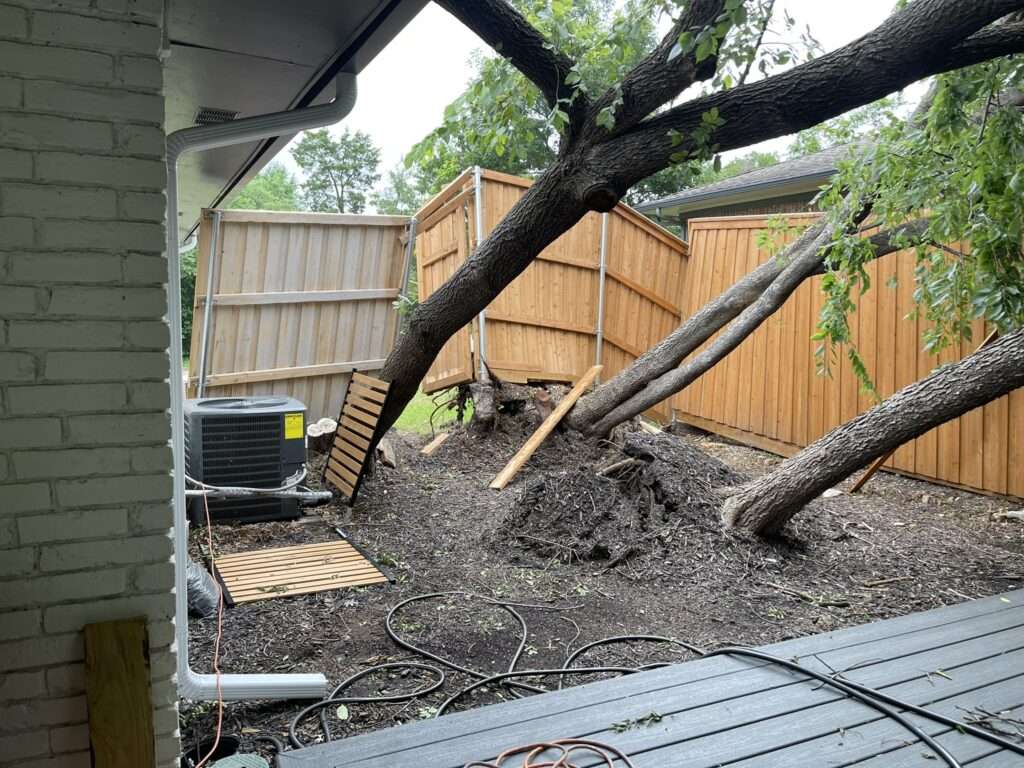
FAQs
Q1: Can I cut a tree down myself?
A: Yes, but it’s important to assess the situation. If the tree is large or near structures, power lines, or has structural issues, it’s safer to hire a professional arborist.
Q2: When is the best time to cut a tree?
A: The best time to cut or prune trees is during late winter to early spring, when the tree is dormant and there’s less sap flow.
Q3: Do I need a permit to cut down a tree on my property?
A: It depends on your local laws. Some areas have regulations regarding tree removal, especially for certain species. Check with your local government before proceeding.
Q4: How do I prune a tree properly?
A: Start by removing dead or diseased branches, then prune to improve the tree’s shape. Make sure cuts are made just outside the branch collar to help the tree heal.
Q5: What tools do I need to cut down a tree?
A: You’ll need a chainsaw for larger trees, a pruning saw for smaller branches, and safety gear (helmet, gloves, goggles, etc.) for protection.
Internal Links
For more information on tree cutting services, check out our local service pages:
External Links
Conclusion
Cutting trees on your property requires careful consideration and planning. Whether you’re tackling it yourself or hiring a professional, knowing when to cut, how to do it safely, and what tools to use are key steps in ensuring the task is done correctly. Remember, if you’re unsure, it’s always a good idea to reach out to a certified arborist to ensure safety and compliance with local regulations.

